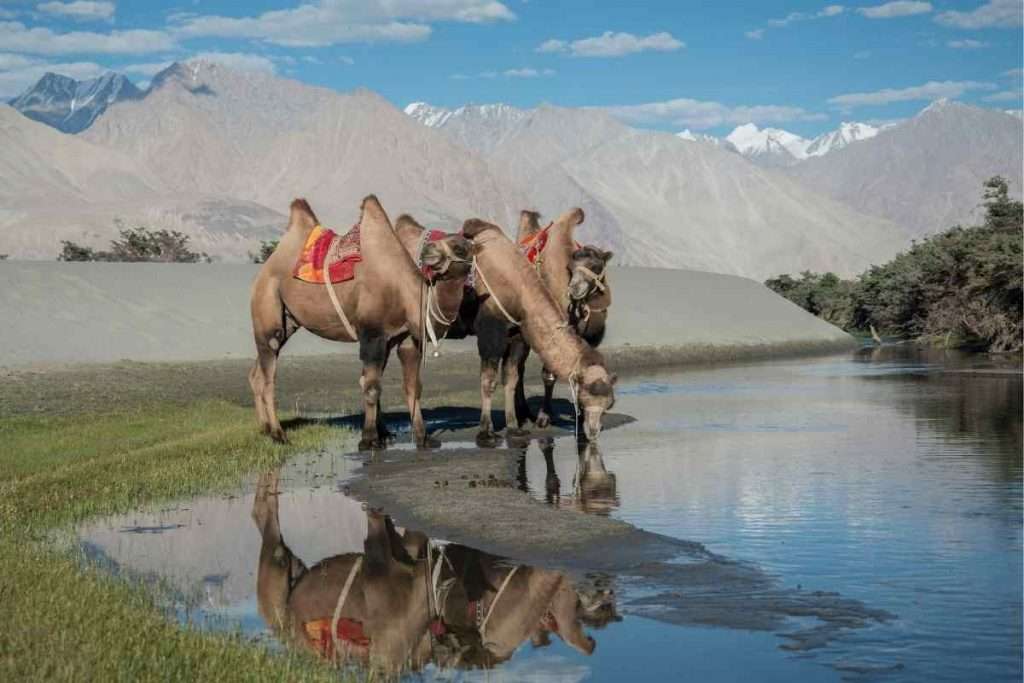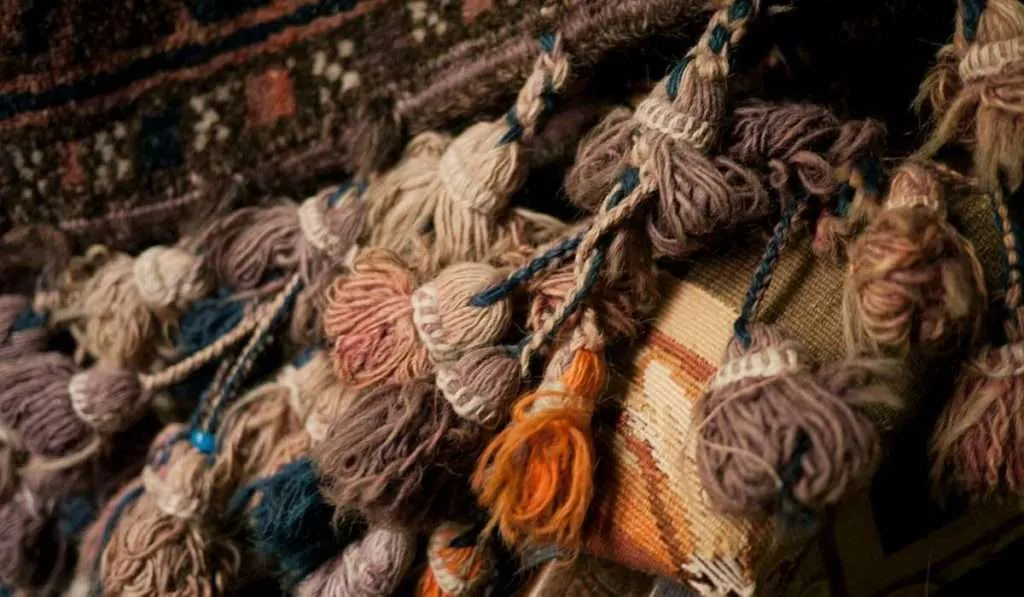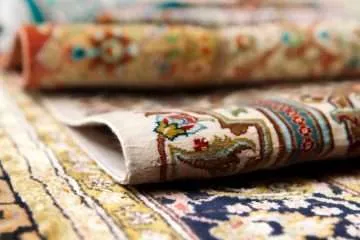The seemingly inhospitable deserts of North Africa and the Middle East have been home to the Bedouin tribes for generations. These nomadic people have developed a unique culture and way of life that has been adapted to the challenging environment they inhabit.
Central to their survival and prosperity is the camel, often referred to as the “desert’s lifeline.” While camels are known to provide transportation, sustenance, and even companionship, the value of their hair is an aspect that remains largely unexplored.
This article delves into the captivating world of camel hair and its significance in Bedouin society, examining the numerous uses in textiles, craftsmanship, and its economic importance.
I. The Hidden Treasure: Camel Hair
Camel hair, derived predominantly from Bactrian and dromedary camels, is a versatile and invaluable resource for the Bedouin people.

This durable fiber can be spun or woven into fabrics suitable for an array of purposes. Camels possess two distinct hair types: the coarse and long outer guard hairs, which serve a protective function, and the fine, insulating inner downy undercoat.
Both hair types offer unique properties, making them ideal for various applications in Bedouin culture.
II. Traditional Garments and Textiles
The insulating characteristics of camel hair render it an excellent material for crafting traditional Bedouin clothing, designed to withstand the harsh desert conditions.
Camel hair fabrics provide warmth during frigid nights and remain cool in the blistering daytime heat. Additionally, the breathable, lightweight, and moisture-wicking nature of camel hair ensures comfort during long journeys.
Examples of traditional Bedouin attire made from camel hair include:
- Bisht: A ceremonial cloak worn by men on special occasions or during traditional events. The bisht is often crafted from a blend of camel and sheep wool, offering additional warmth and protection from the elements.
- Abaya: A loose-fitting, full-length garment worn by women, the abaya is composed of camel hair and other fibers. The abaya provides both modesty and protection while allowing for ease of movement.
- Keffiyeh: A customary headdress for men, the keffiyeh is fashioned from a square piece of fabric, often woven from camel hair. The keffiyeh is wrapped around the head, shielding the wearer from sun, wind, and sand.

III. Shelter and Home Accessories
Camel hair is integral to the construction of Bedouin tents, or beit al-sha’ar (house of hair). These resilient and weather-resistant structures are crafted by weaving long strips of camel hair, which are then sewn together.
Camel hair tents are known for their durability, often lasting for decades, and their capacity to maintain warmth during cold nights and remain cool during hot days.
Within these tents, camel hair is utilized to create essential home furnishings such as rugs, cushions, and blankets.
The softness and insulating properties of camel hair make these items both comfortable and practical for use in the unforgiving desert environment.
IV. Economic Significance and Trade
Historically, the trade of camel hair products has been a vital aspect of the Bedouin economy. The rarity and high-quality of camel hair, coupled with the expertise of Bedouin artisans, have led to a high demand for their textiles and goods in both local and international markets.
Camel hair trade has enabled nomadic tribes to establish trade relationships and foster cultural exchanges with other communities, connecting remote desert regions with more populous areas.
In recent years, the global market for natural and sustainable materials has expanded, providing Bedouin artisans with increased opportunities to sell their camel hair products to a broader audience, both locally and internationally.
This growth has not only improved their economic stability but has also helped preserve and promote their traditional craftsmanship and cultural heritage.

V. Embracing Sustainability with Camel Hair
As sustainability and environmental consciousness gain importance, camel hair offers a natural, renewable alternative to synthetic fibers.
Camels shed their hair naturally once or twice a year, ensuring that the process of collecting camel hair remains minimally invasive to both the environment and the animals.
In contrast, the production of synthetic materials can involve the use of harmful chemicals and non-renewable resources.
Additionally, camel hair is biodegradable and can be composted after it has fulfilled its purpose, making it an attractive option for those seeking to reduce their environmental impact and invest in more sustainable products.
Summary
Camel hair has been an indispensable and multifaceted resource in Bedouin society for centuries. Its varied uses in clothing, home furnishings, and its economic importance showcase its versatility and vital role in the lives of these desert communities.
The enduring bond between the Bedouin people and camels highlights their adaptability, resilience, and resourcefulness, allowing them to thrive in one of the most demanding environments on Earth.
As the global interest in sustainable and natural materials continues to grow, the importance of camel hair in Bedouin society serves as a reminder of the value and necessity of preserving and promoting traditional knowledge and craftsmanship.
Related Topics
Inspiring Camel Hair Artisans and Entrepreneurs
Learn about the History of Camel Hair Textiles
Blending Camel Hair with Silk for the most Exquisite Textiles
Weaving History: The Legacy of Camel Hair in Persian Rugs
Weaving History: The Legacy of Camel Hair in Persian Rugs
Differentiating Camel Hair from Bactrian Camel and Dromedary



0 Comments